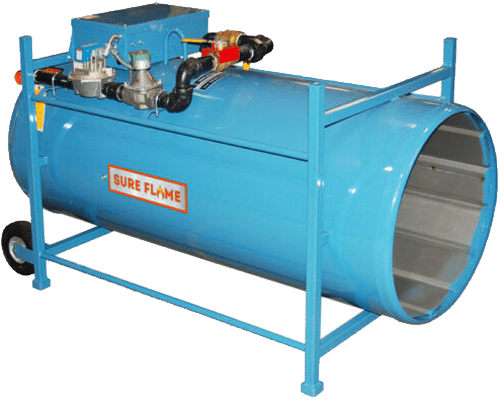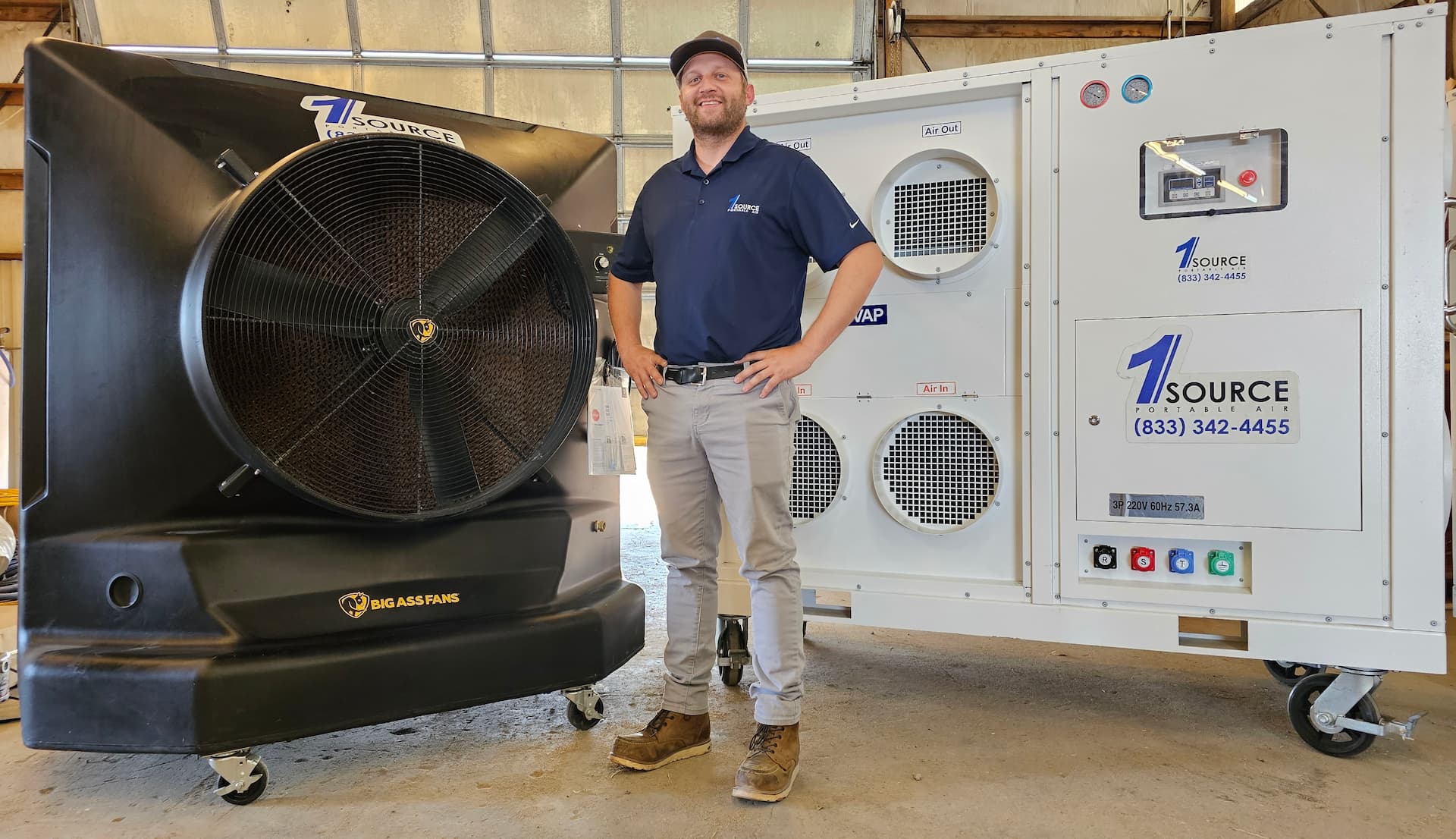Exploring the Different Sorts Of Heating Devices Available for Every Room
The diversity of heating systems readily available today satisfies a vast range of spaces and requirements, each offering distinct benefits. Central heating systems efficiently warm larger locations, while room heating systems supply targeted comfort in smaller spaces. Furthermore, radiant heating options and versatile warm pumps present further options for maximizing power usage and environment control. As one thinks about the myriad options, the subtleties between electric and gas systems also come into play, elevating essential inquiries about effectiveness and installment. Understanding these distinctions can substantially impact both convenience and cost-- what factors should be focused on in your option?
Central Home Heating Systems
Several home owners take into consideration main home heating systems to be a reputable remedy for keeping consistent warmth throughout their home. Central heating operates by dispersing warm air or water from a central resource, guaranteeing that all areas of a home obtain appropriate warmth. This system normally entails a heating system or central heating boiler, which generates warmth, and a network of ducts or pipes that transfer it to various areas.
One of the primary benefits of central heating is its capacity to preserve consistent temperature levels, boosting convenience degrees throughout chillier months. Modern-day systems commonly integrate clever innovation, allowing for programmable thermostats that maximize energy effectiveness. This not just minimizes utility prices however additionally adds to a more lasting living environment.
Central heater can be fueled by numerous energy sources, consisting of gas, oil, or electrical power, supplying versatility in regards to setup and procedure (Temporary Heating for Events). Regular upkeep is important to make sure optimal performance and durability, consisting of routine examinations and filter replacements. Generally, main heating stays a popular option for homeowners seeking a trustworthy approach to achieve a warm and welcoming home atmosphere
Area Heating Systems
Space heating units are often made use of as an effective option for giving local warmth in particular areas of a home or workplace. They are suitable for situations where main heating may not be necessary or feasible, such as little rooms, workshops, or throughout particularly cool days when additional home heating is desired.
Various kinds of space heaters are readily available, consisting of convection, infrared, and oil-filled versions. Convection heaters function by warming up the air in a space, while infrared heating units emit radiant warmth straight to objects and people, producing a much more immediate impact. Oil-filled heating units, on the other hand, give a constant, lasting heat by distributing oil within the unit.
When selecting a space heater, it is necessary to consider elements such as the size of the location to be heated, the heating system's power performance, and safety functions (Temporary Heating for Events). Numerous contemporary area heaters come furnished with automatic shut-off features, tip-over security, and thermostatic controls to enhance image source safety and effectiveness

Radiant Heat Alternatives
Radiant heat alternatives supply a highly effective way to preserve warmth in property and industrial areas by straight moving heat to items and people within the atmosphere. This technique can significantly enhance comfort degrees while lowering power consumption compared to standard heating unit.
Both main kinds of glowing home heating include glowing floor heating and radiant wall panels. Radiant floor heating normally involves the installment of electrical home heating wires or hydronic tubes under the floor covering, permitting even heat distribution and eliminating cool places. This system is specifically efficient in ceramic tile or stone floorings, as these products preserve warmth well, producing a comfortable environment.
Radiant wall panels, on the various other hand, deal versatility in setup and can be made use of in numerous setups, including homes, offices, and business areas. These panels can be either electric or water-based, providing a discreet heating remedy that matches existing design without the bulk of typical radiators.
Warm Pumps
Warm pumps are an innovative solution for both home heating and cooling demands in different environments, supplying energy-efficient options to traditional Heating and cooling look at here systems. In heating setting, a heat pump essences thermal power from the outside air, ground, or water and transfers it inside your home.

Among the key benefits of warmth pumps is their capacity to give both heating and cooling in a single unit, decreasing the requirement for separate systems. Furthermore, numerous warm pumps use sophisticated innovations such as variable-speed compressors, improving their efficiency and performance. Therefore, heat pumps not only add to reduced energy bills but additionally sustain eco-friendly methods by decreasing greenhouse gas emissions connected with standard heating approaches.

Electric vs. Gas Units
When selecting in between electric and gas heating devices, property owners have to consider a number of factors, including effectiveness, cost, and environmental influence. Electric heating units normally have a greater efficiency score, transforming almost all the energy they take in right into heat. Electrical power costs can vary considerably, commonly resulting in higher operational costs compared to gas units, which usually have lower fuel costs but may exhibit effectiveness losses during combustion.
Gas heating systems have a tendency to supply faster home heating and can be a lot more reliable in bigger rooms. They additionally generate greenhouse gas exhausts, increasing ecological concerns. In contrast, electrical units can be powered by renewable resource resources, making them a much more environmentally friendly choice when combined with green power campaigns.
In addition, installment costs vary; electrical systems are normally easier and cheaper to mount, while linked here gas systems may require added air flow and precaution. Home owners must likewise consider neighborhood guidelines and accessibility of gas lines when making their decision. Eventually, the choice in between electric and gas home heating systems ought to straighten with individual concerns relating to efficiency, price, and environmental consciousness, making certain a comfortable and sustainable living environment.
Conclusion
In recap, a diverse selection of heating devices exists to accommodate differing requirements and environments. Central furnace ensure consistent warmth throughout larger locations, while space heating systems offer targeted convenience. Radiant heat choices boost energy performance by warming things directly, and heat pumps offer flexible heating and cooling down solutions. In addition, the choice in between electrical and gas units presents additional adaptability in terms of efficiency and setup. Choosing the appropriate home heating solution is essential for enhancing convenience and power use.